A small item on the front page of The Guardian from March 16, 1916 concerning the application for divorce of Major Hamilton Gault being denied by the Senate.
Follow this thread and you end up learning about a fascinating person; even just the story of the divorce – which he eventually secured – is compelling.
Postscript: Gault’s first wife, Marguerite Claire Stephens, the other party to this application for divorce, went on to remarry; her second marriage was to Count Luigino Falchi, an “Italian war ace.”
That marriage too ended in divorce, and after Stephens’ death her estate was disputed, as reported in the September 29, 1931 edition of the Montreal Gazette.
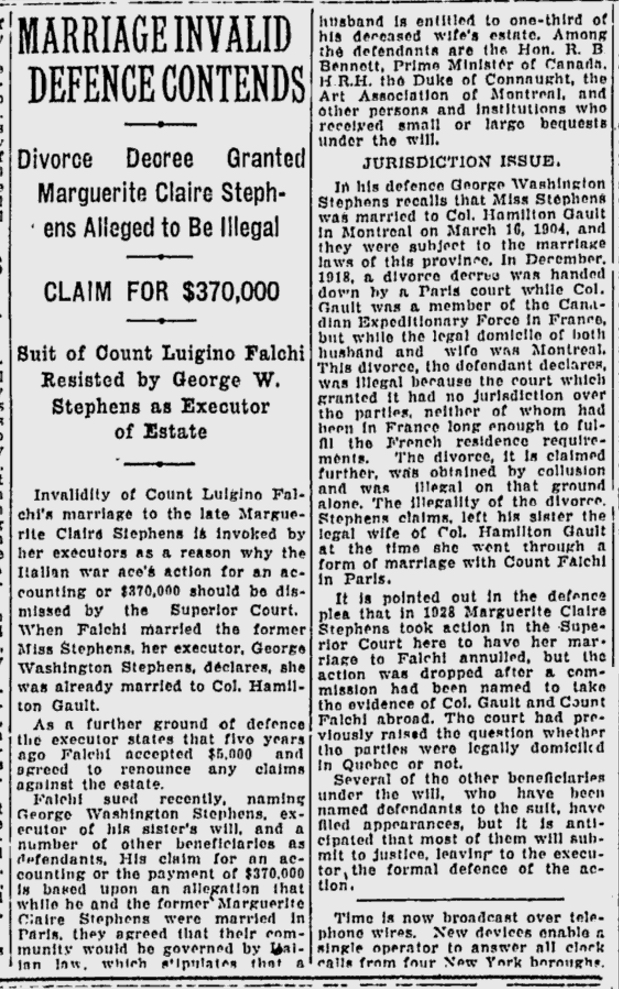
The case, wherein Stephens’ ex-husband Falchi sued the executor of Stephens’ estate for $370,000 based on his assertion that, under Italian law, he was entitled to this after their divorce; Stephens’ estate responded that, because Stephens was never legally divorced from Gault, her marriage to Falchi was invalid, and therefore he was not entitled to compensation. The case was successful, and the estate was ordered to compensate Falchi.
Stephens’ executor appealed to the Supreme Court of Canada which dismissed the appear in June of 1938 with costs, ruling that the Falchi-Stephens marriage was legal.
One of the downsides to lacking a fuller formal education is that I don’t recognize concepts from Shakespeare. But fortunately I can Google them. And this is a lovely one (it’s from Henry IV, Part 2). The snippet below is from an excellent article on squash (and aging, and fatherhood) by Tad Friend in the January 18, 2016 issue of The New Yorker.
Also, I turn 50 in twenty days. So it’s timely.
On the way back to town from the dentist in Cornwall this afternoon we spotted a new shop, Natural Power Solar Products, in the plaza across from the post office. Curiousity got the best of of us, and we popped over for a look.
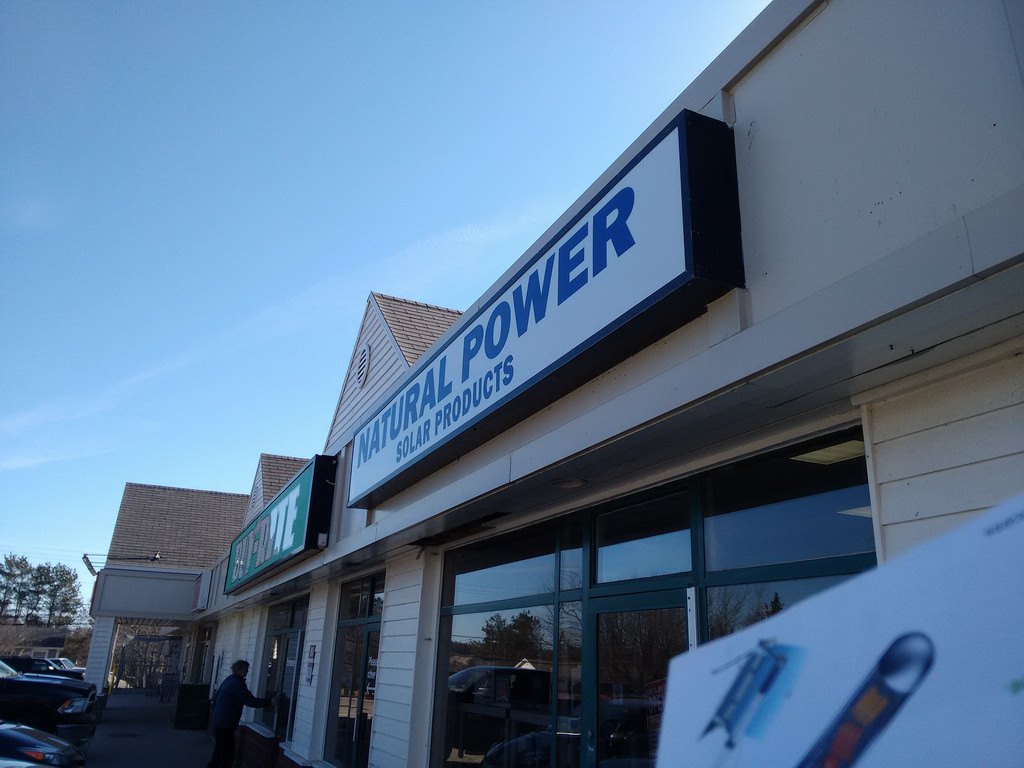
Inside we found owner Shirley Han, and an array of solar things, the most prominent of which, on display in the middle of the shop, was a portable solar kitchen — Kitchen of Wonderland reads the brochure:

It’s an intriguing product, one that brought back memories of trying to build a solar-powered bread oven at reboot in 2009. They have a large unit in stock, with smaller ones on the way; pricing seems to be in the $300-$600 range, although that needs to be worked out once everything is through customs.
It’s hard not to fall for the infectious bravado of the brochure – “This creation may be greater than Steve Jobs’s iphone” – especially if the reported 3-6 minutes for popcorn popping is accurate. I’ve encouraged them, once the warmer months arrive, to attract customers by setting up a unit in the parking lot: there’s steady traffic from the grocery store next door.
In addition to solar kitchens, they also sell “power banks” that you can charge from a solar panel or from the mains that you can then use to power a mobile phone or tablet, and there’s a larger array of solar products en route from China as we speak, due to arrive soon.
We’ve been beneficiaries of new restaurants and grocery stores in the Charlottetown area from the wave of Asian immigration over the last decade; it’s great to see new initiatives like this that fall outside the food realm.
A capability heretofore unavailable to we Canadians had recently been enabled for Android: identifying music that’s playing.
If you say “OK Google” (or tap the speaker icon on the home screen), if there’s music playing a musical note icon will appear: tap it and Google will, Shazam-style, attempt to identify the track.
Did you know there’s a “Capital Area Transit Coordinating Committee” here in the Charlottetown area? It’s made up of representatives of the municipalities of Cornwall, Charlottetown and Stratford as well as T3 Transit (the transit operator). They meet regularly to, well, coordinate transit in the capital area. And this morning I had the pleasure of speaking to them about my efforts as a volunteer to get transit data into the GTFS format so that it can be made available both as open data and in venues like Google Transit.
The were a welcoming group, enthusiastic about what I had to show; I left the meeting with their collective support, and with an agreement from Cornwall and Stratford to allow their schedule information to become part of the effort.
These signs, found on utility poles across Prince Edward Island, are so wonderful. They’re designed to weather the elements, to be obvious, and to never wear out.
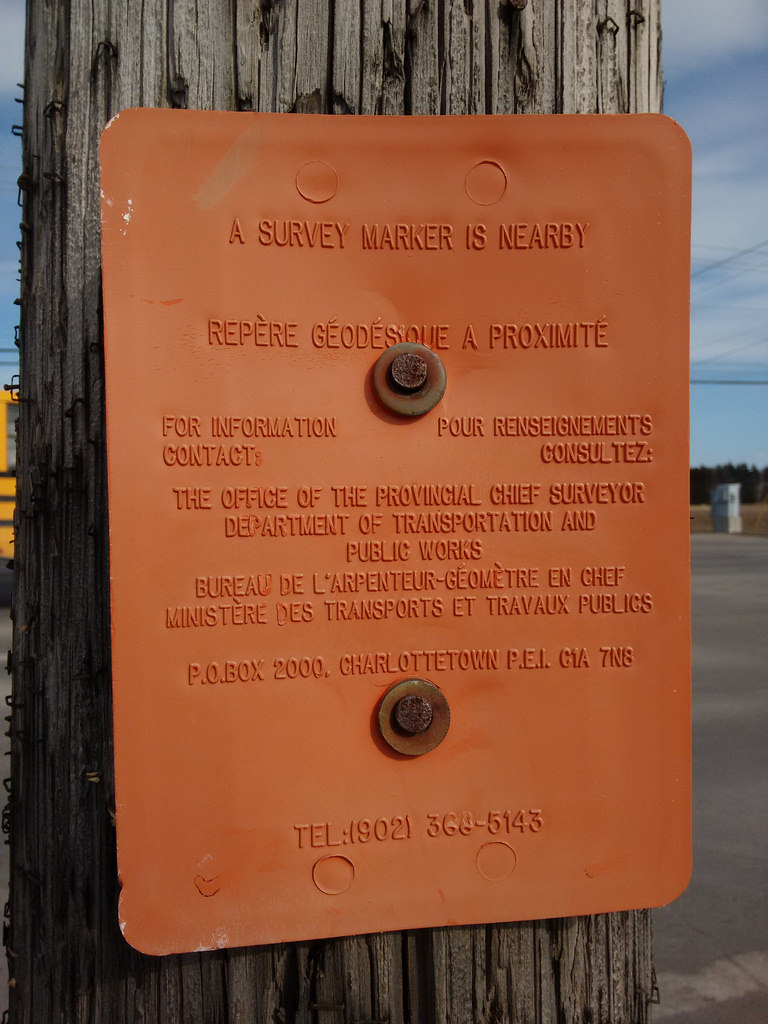
There are 4,746 survey monuments in total on Prince Edward Island The Province has a page that describes their role:
Prince Edward Island’s survey control network is made up of about 4000 stations placed in strategic locations throughout the province. Each station typically consists of an inscribed brass cap placed on top of a concrete pillar buried to ground level with a sign post located about 1 metre away. This network of stations provides security of land tenure for all Islanders. For more than 30 years, land surveyors have referenced their surveys to these stations to ensure that property boundary markers found or placed are accurately recorded on a plane mapping surface and can be relocated with great certainty should these marks become lost or disturbed.
You can download a GIS file of all of them if you’re interested. You don’t even need a coastline file to view the monuments, as they describe the Island pretty much by their collective footprint:
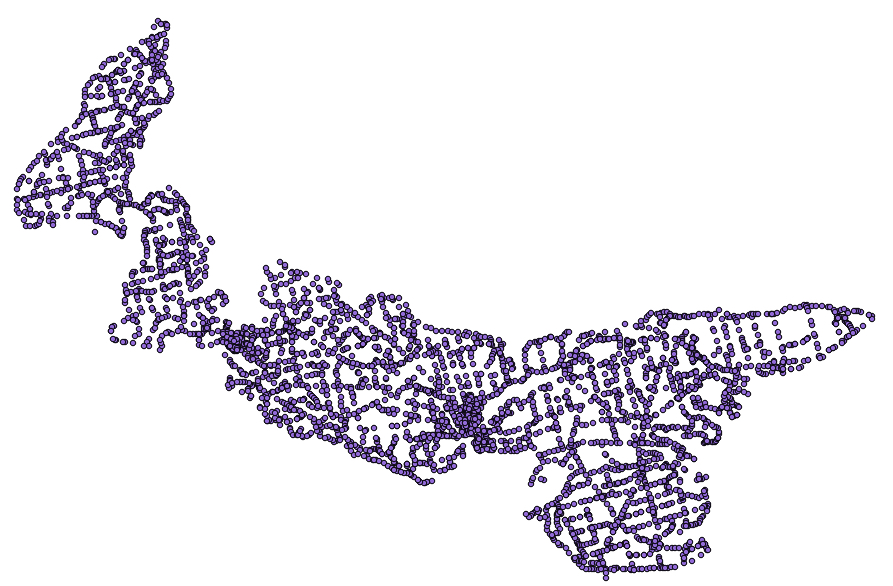
And, sure enough, right on the map where the sign was found, at the corner of University Ave. and Belvedere, there’s a marker:
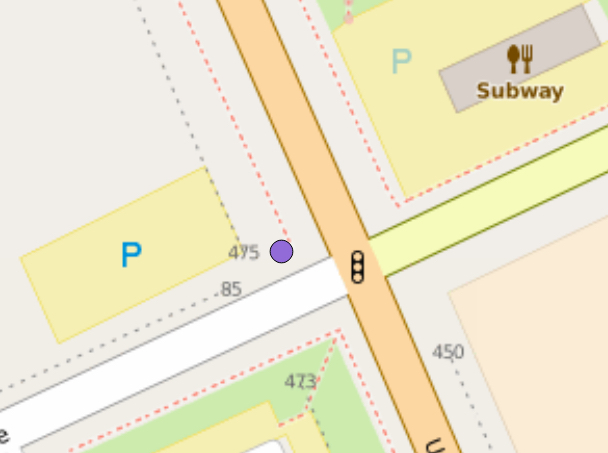
Turns out that it’s monument number 2944, which has a web page all its own. That page includes a sketch of the monument’s location, and that sketch is stamped with a big DESTROYED:
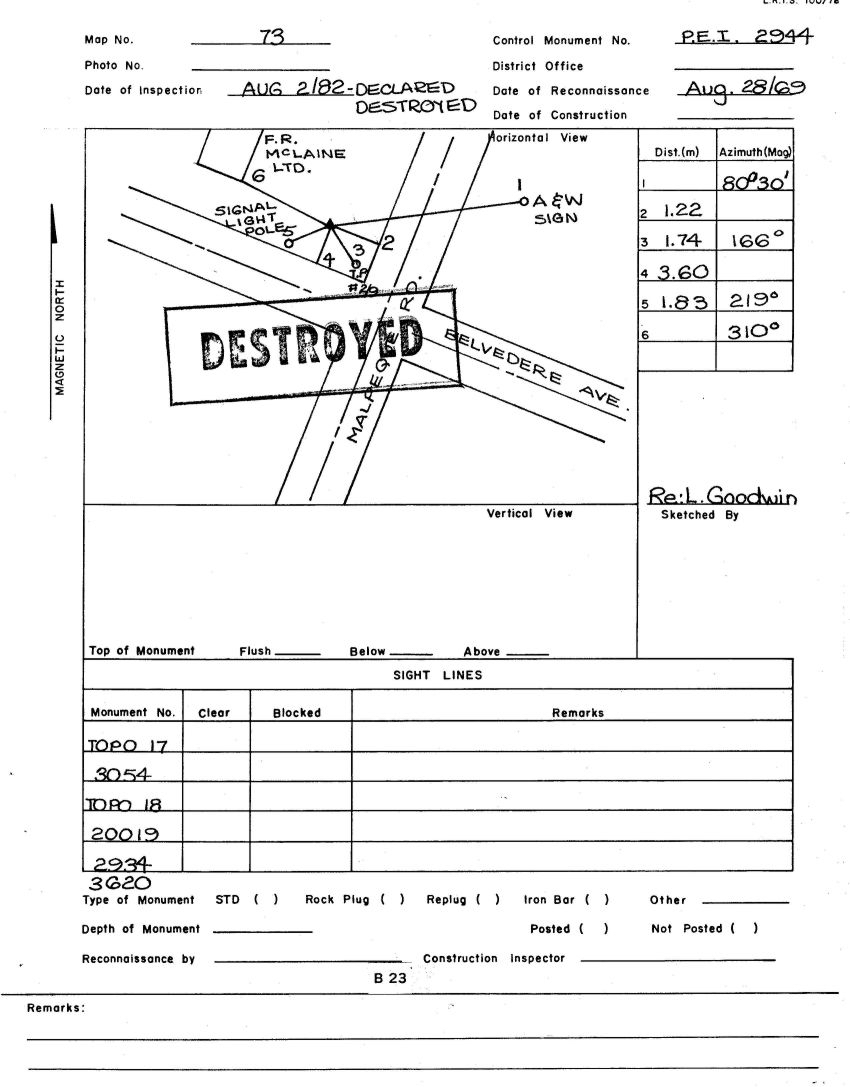
So while the signs might be wonderful, they are also, it seems, sometimes inaccurate.
The printing on the sketches is wonderful too, by the way: it’s almost worthwhile enough to consider becoming trained as a surveyor simply for the printing improvement it would bring.
Postscript: when you call the number on the orange survey monument sign, you are calling the Chief Surveyor themselves. This is Prince Edward Island, after all.
Here’s my latest eyeglasses prescription, based on an eye exam this morning at Charlottetown Vision Care:
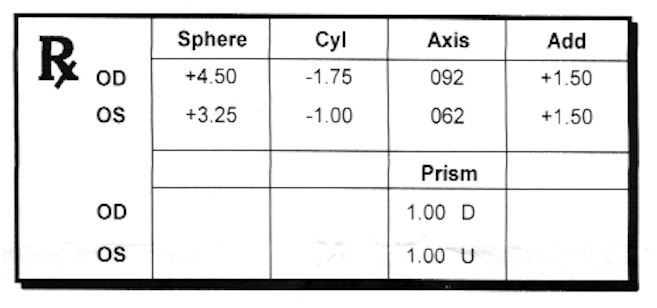
Here’s my prescription from 2014, one I never had filled (progressive lens are expensive!):
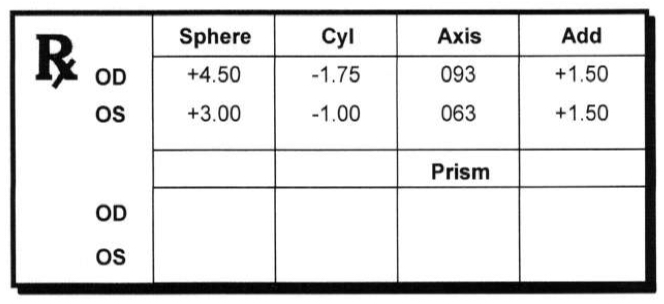
And the prescription from 2012, which I’m still wearing:
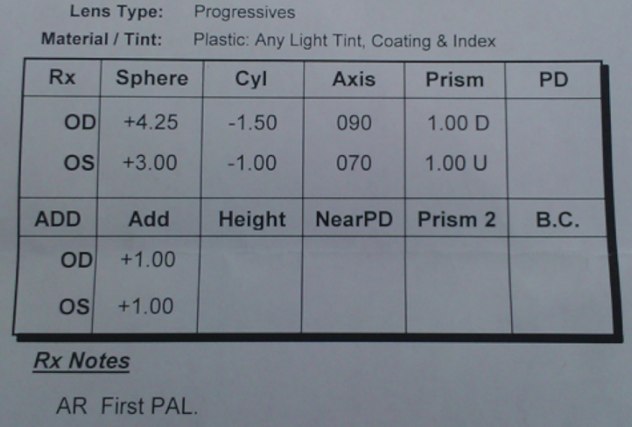
And the prescription from 2008, the one that stood me in good stead when I found myself stepping on my glasses in Ontario:
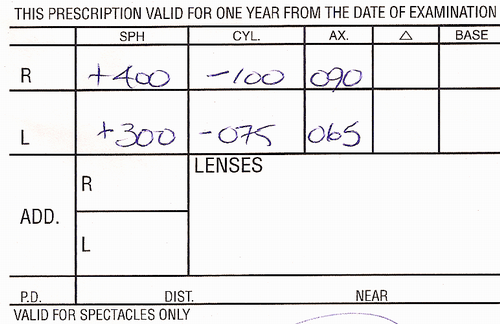
After skipping a cycle, I’m off to get the new prescription filled this week, as the “which looks clearer, this… or this…” tests I did with Dr. Judson today showed a marked improvement over what I’m wearing now. I’m also going to get a pair of “computer” glasses, optimized for desk work, to avoid the neck strain I’ve been having since I started wearing bifocals.
I took the bus up to Charlottetown Vision Care this afternoon for my biennial eye exam. Afterwards, finding myself uptown I decided to pop in at the PEI Home and School Federation office and, after that, decided to take the shortcut through the fence to Wendy’s for a quick bite before heading back downtown.
For the first time ever I ordered the Broccoli Cheese Baked Potato, a menu item I’d never had before. I’m not sure why I did this; perhaps it was a drive to expand my horizons. Upon further analysis, post-eating, I feel my horizons should stay where they are, Wendy’s-wise, as this was, in essence, a baked potato slathered in molten Cheese Whiz.
It also, I found upon return to the office, is a menu item of 430 calories:

As I headed out the Wendy’s parking lot for the walk back downtown, I started recording my trip in Google Fit. When I reached downtown I ended the activity, and found that a walk from Wendy’s to downtown Charlottetown consumes, by Google Fit’s rough figuring, 262 calories. Or only 65% of the Broccoli Cheese Baked Potato. And even that cannot erase the memory of swimming through Cheese Whiz valley.
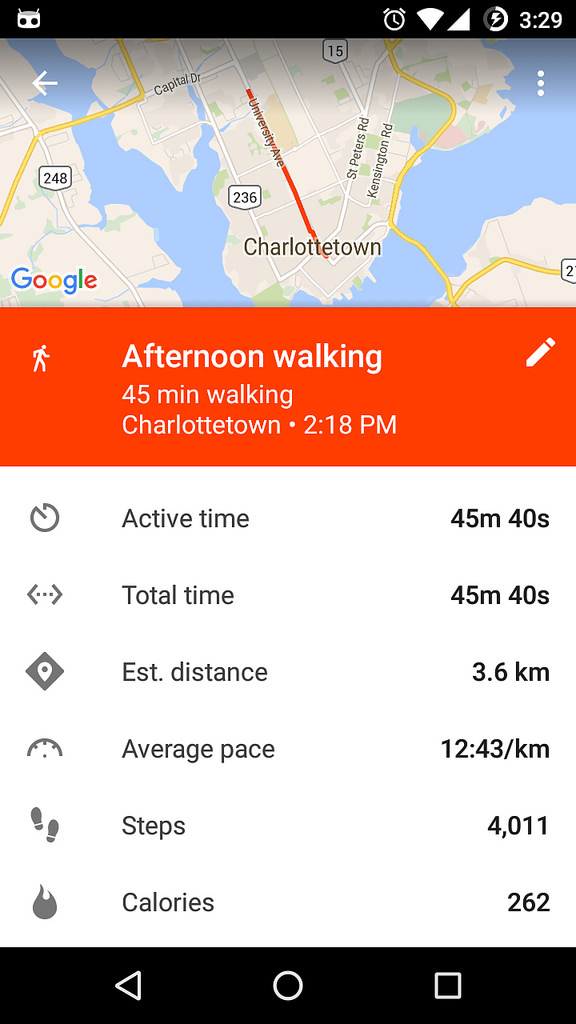
Walk and learn.
I received an email from the Monroe County Board of Elections earlier this week that my ballot for the April 19, 2016 Presidential Primary was available for download. I logged in – using credentials I’d established in the last election cycle – and downloaded both the ballot and the two envelopes (one to be placed inside the other) needed to return it by post. I’m off to the post office at lunch to mail it off.
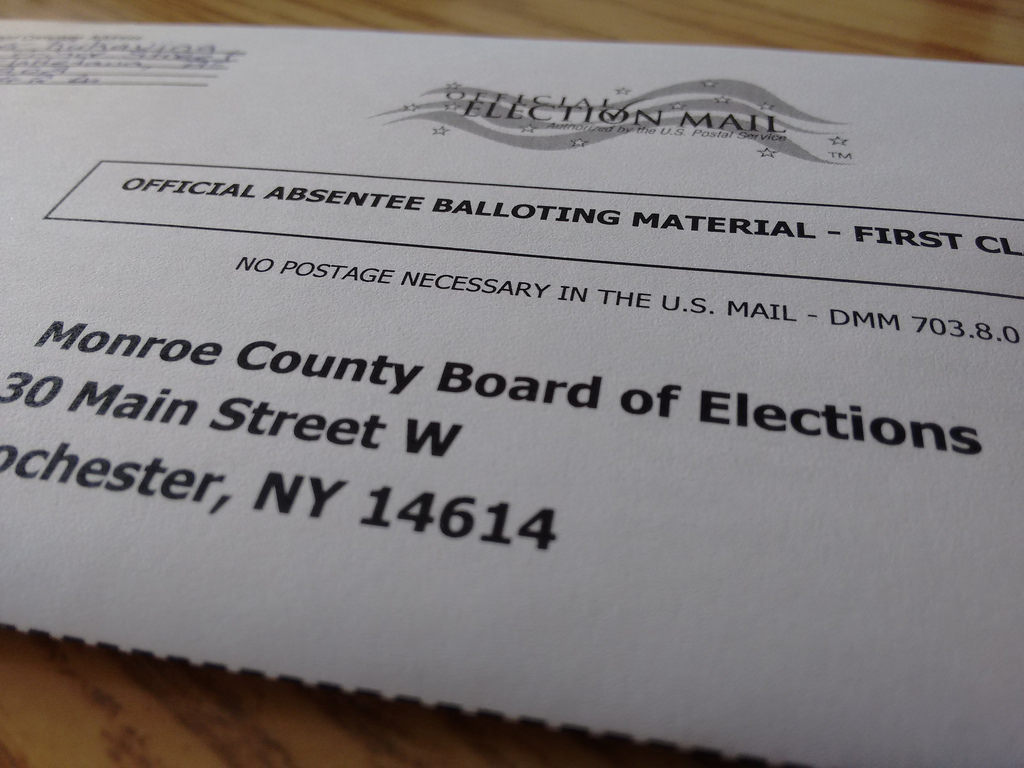
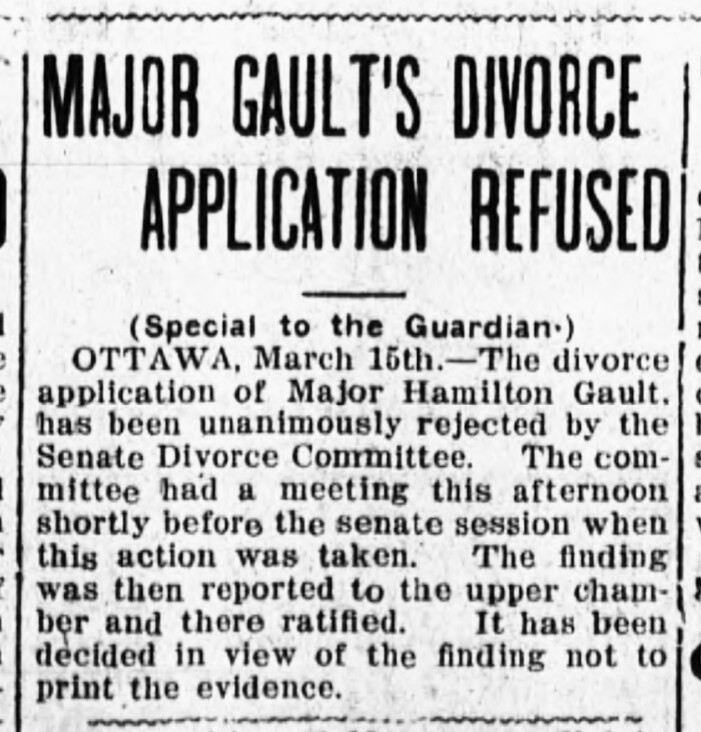
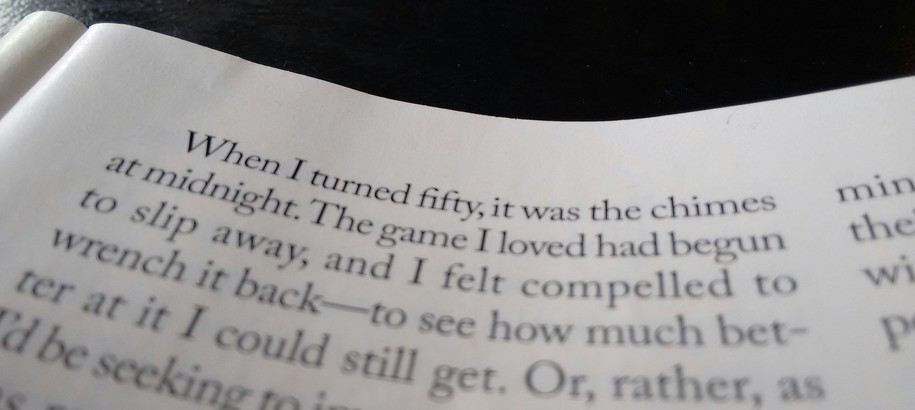
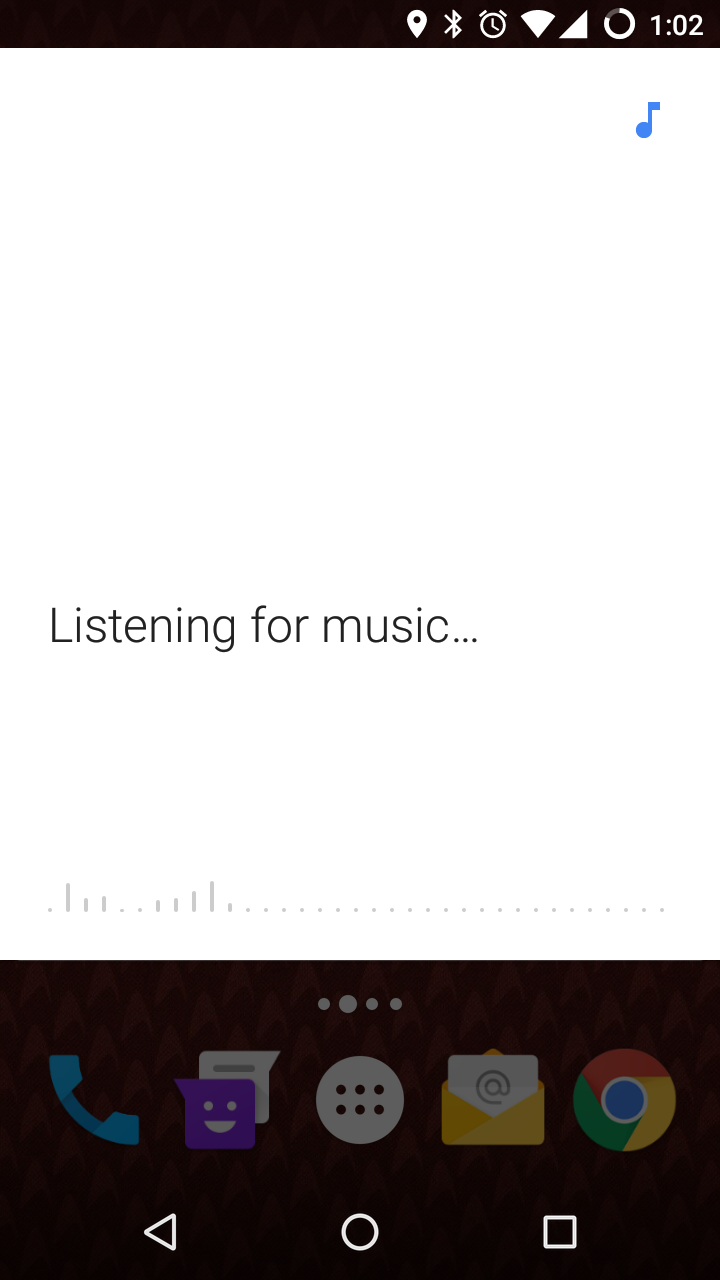
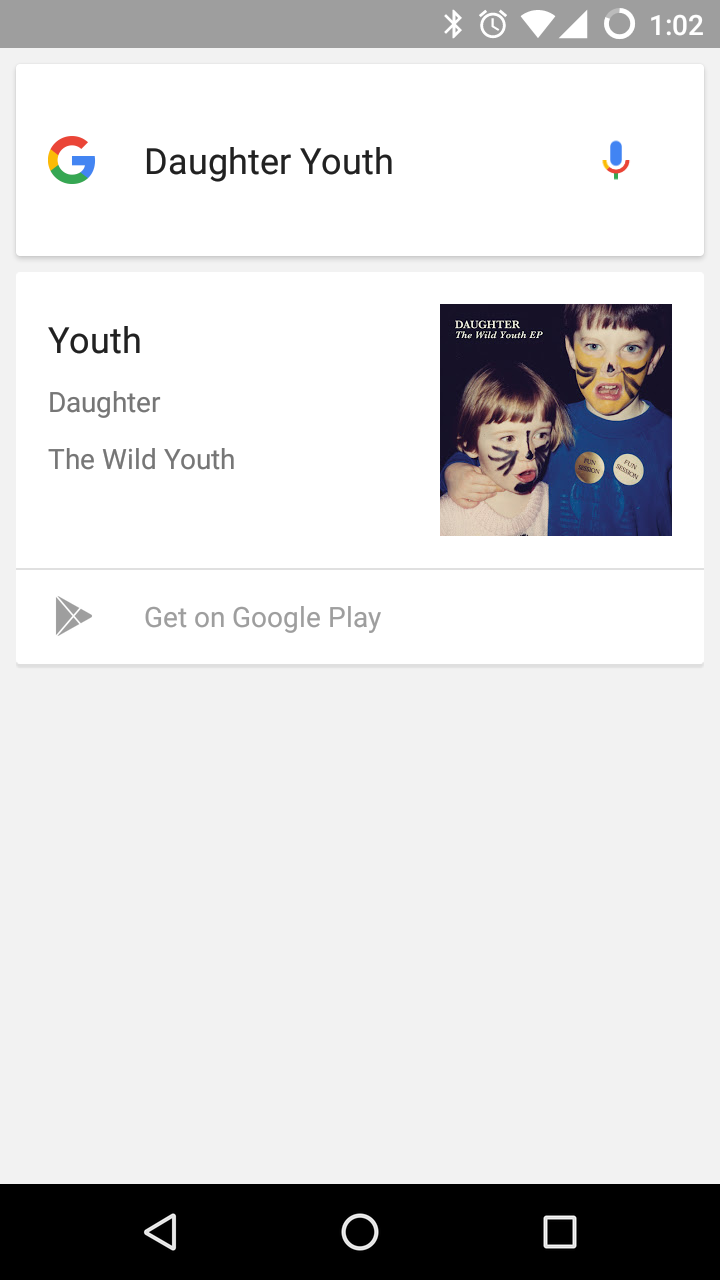

 I am
I am